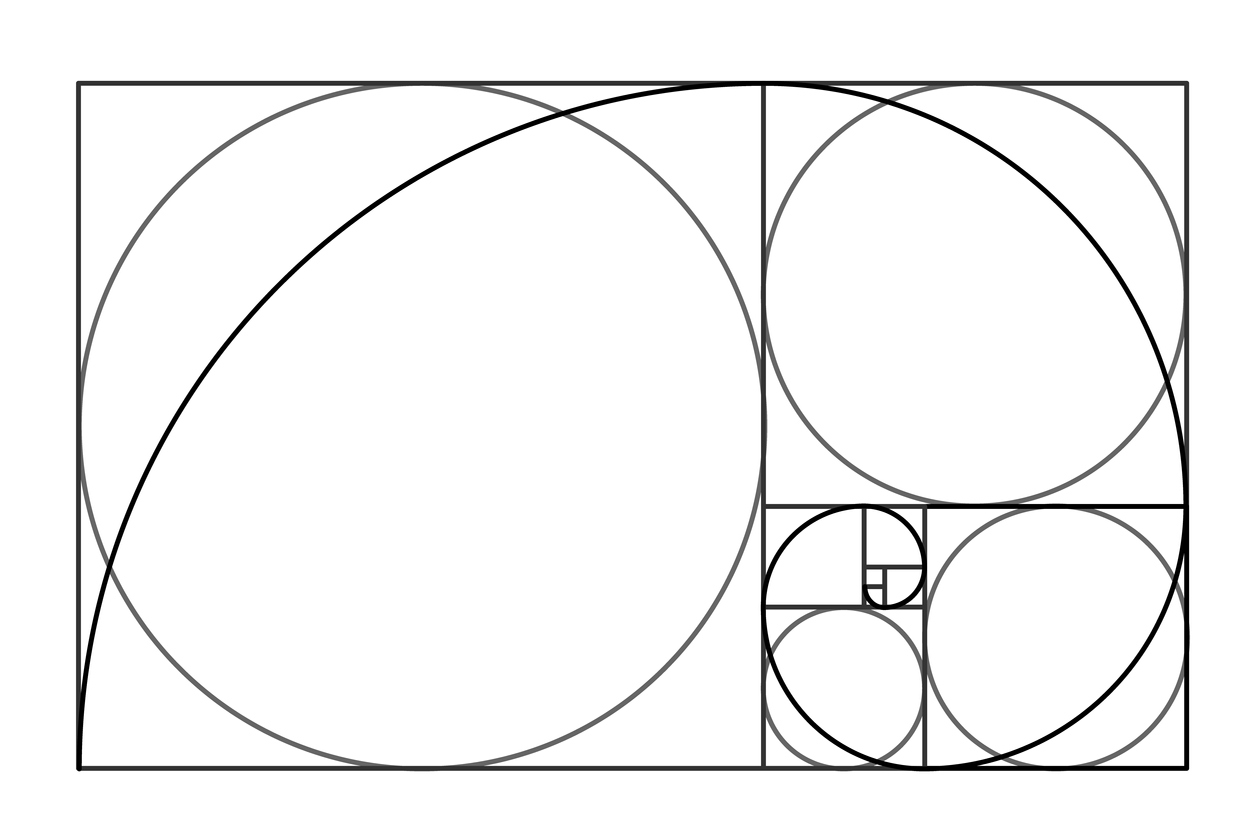Physical Address
304 North Cardinal St.
Dorchester Center, MA 02124

Symmetry versus asymmetry. Order versus chaos. When it comes to logo design, there are those who are vehemently for one side or the other.
Symmetry is what our minds tend to gravitate towards; the design appearance of a symmetrical drawing or piece of art is satisfying and predictable. There is something beautiful and flawless about each element a mirror image of one another. Each part of a symmetrical object (whether that be a butterfly, a building, or a logo) is harmonious and therefore our minds tend to gravitate towards this type of design.
Asymmetry, on the other hand, is comprised of elements that do not align with each other when folded at the center. This type of design is unpredictable, disordered, imbalanced, and subconsciously uncomfortable yet intriguing to look at. Elements that are on either side of the central axis of the design do not align with one another.
So how do symmetry and asymmetry play a role when it comes to designing a logo?
Symmetrical logo designs may seem straightforward, but there is a surprising amount of variety in this type of design. In fact, there are four different types of symmetry: rotational, reflectional, glide-reflectional, and translational symmetry. Each of these types of symmetry can be applied to logo design.
Picture a starfish. The starfish has five limbs and a central axis in the middle of its body. When laid on a flat surface and rotated a full 360 degrees, the starfish will always look the same. The limb that was once on the bottom right is now at the top, but the appearance of the starfish never changed. This is rotational symmetry. Logos that have rotational symmetry should look the same when rotated on the center axis.
Examples of rotationally symmetrical logos:
The most recognizable type of symmetrical design is reflectional symmetry. Reflectionally symmetrical logos will have elements that are mirror images of each other when folded along their vertical center axis.
Examples of reflectionally symmetrical logos:
When it comes to design, the act of translation is moving an object from one position to another. Translational symmetry occurs when a logo designer can move one design element in the logo to another area of the logo without compromising its symmetric properties. While translational symmetry is mostly used for creating page layouts when designing websites, it can often be applied to logo design.
Example of translationally symmetrical logos:
The least common symmetrical logo design type, glide-reflectional symmetry consists of taking an image and mirroring it while moving it above or below the original image. To demonstrate glide-reflectional symmetry, place your hands flat on a table and make sure they are parallel to each other by touching your two thumbs together. Note that your hands at this point are reflectionally symmetrical. Now, slide your left hand forward on the table so that it is no longer parallel with your right hand. This is glide-reflectional symmetry.
Example of glide-reflectionally symmetrical logos:
For those who are drawn more towards the aesthetic of an asymmetrical logo, you aren’t alone. A growing number of businesses are opting for asymmetrical logos as a unique and subtle way to express their brand. Asymmetrical logos do not create as much movement through a design as symmetrical logos, so a few additional design elements (color and font) are needed to create the desired look.
In order to achieve a well-designed asymmetric logo, each design element needs to perfectly balance out other elements. Proper visual weight is crucial for asymmetrical logo designs, otherwise, the logo will look jumbled and incongruent.